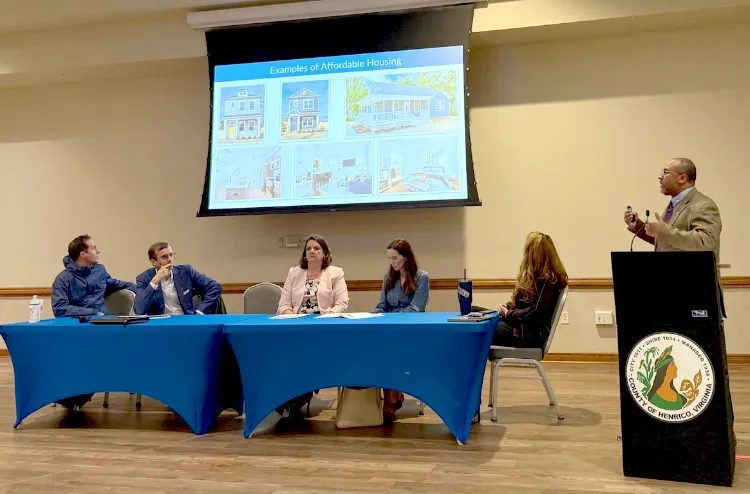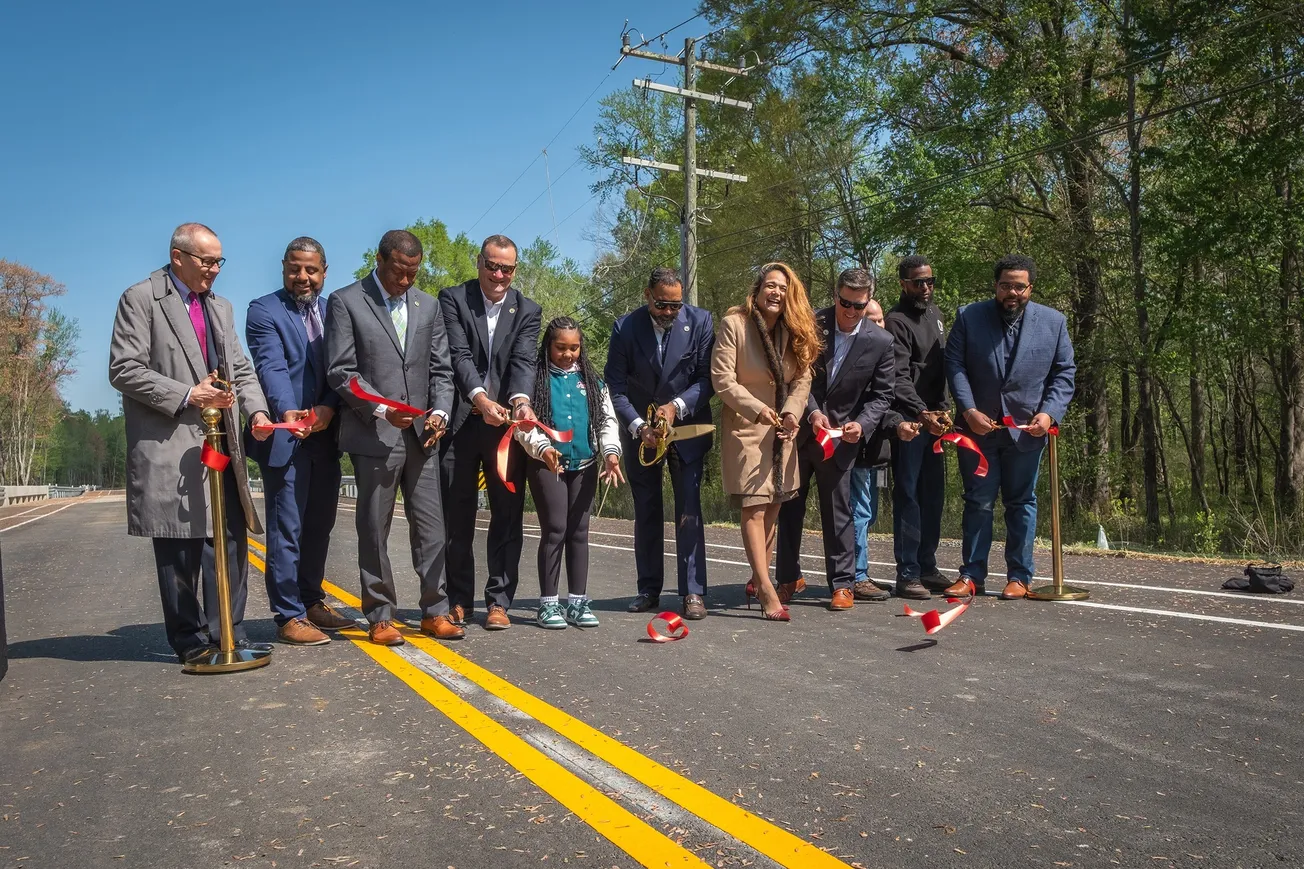Henrico housing roundtable addresses county's limited supply, rising costs

Table of Contents
Community members, housing leaders and government officials gathered Monday at Deep Run Recreation Center to discuss the challenges in Henrico’s housing market — from skyrocketing home prices to shortages in supply and barriers to affordability.
The roundtable discussion, hosted by Supervisor Misty Roundtree as part of her Three Chopt Chats community meeting series, examined a crisis that she said has become bigger than one locality or the commonwealth but rather has turned into national issue.
“This housing issue is particularly important and personal to me,” Roundtree said, recounting her journey from buying her first home in her early 20s using the GI Bill to losing two homes in foreclosure and spending years as a renter.
“Now I'm remarried and in a place where I can afford to buy, but I am receiving the sticker shock that so many people are [experiencing],” she said. “The price of entry has changed so dramatically and it frightens me.”
During the past five years, median home sale prices have surged across the region, rising by 52% in both Henrico and Richmond, 55% in Chesterfield and Hanover, 62% in Goochland, and 48% in New Kent, according to Sen. Schuyler VanValkenburg (D-Henrico).
In total, 92 of Virginia’s 133 localities saw home prices increase by more than 50%, even in areas where population declined.
Housing is considered affordable when a person or family spends no more than 30% of their gross monthly income on housing costs. For renters, that includes utilities; for homeowners, it includes taxes, insurance and their mortgage.
“Another way to describe it is when a household can live in it without sacrificing food, health care and other essentials,” said Eric Leabough, director of the Henrico Department of Community Revitalization.
The income needed to afford a home in Virginia rose 76% between 2020 and 2024, according to Leabough.
“We look at the income needed to afford a home right now on a 3% downpayment. The income needed in the Richmond region is about $123,583 – it's more than double that of an elementary school teacher's salary,” Leabough said.
State law requires localities to assess properties at 100% of fair market value, Henrico’s Director of Finance Sheila Minor said. As home prices rise, so do assessments and the taxes that follow.
“Sales are the crux of what drives real estate assessments,” Minor said. “The market is not an exact science, it depends on the willing buyer or willing seller.”
The housing shortage crisis is driven largely by a supply and demand issue, said Preston Lloyd, a real estate land use attorney at the law firm of Williams Mullen.
Only 1,800 new residential lots were approved in 2024 in Hanover, Henrico, Chesterfield, Goochland and New Kent, said Home Building Association of Richmond Vice President of Government Affairs Elizabeth Greenfield.
“We're in a housing deficit. We only put 1,800 new lots back into the supply,” Greenfield said. “That means still another seven or eight years before we can see those lots built out. We have not caught up from the 2008 recession for how much supply we need on the ground to bring us down to a healthy six month supply, and that's scary.”
The process of bringing new homes to the market is risky and usually takes 10 years from site selection to handing keys to a buyer, according to Lloyd. Each stage includes investment and uncertainty, from land acquisition and permitting to infrastructure and vertical construction.
“It takes an exceptionally long time, and it involves a tremendous amount of risk,” Lloyd said. “If everything goes right, you might get a double-digit return on the money that you've spent. Does that sound like a good deal to you?”
Henrico County is working to address the issue; county officials recently introduced its Affordable Housing Trust Fund program, which supports the construction of units that meet both market-rate and affordable housing standards.
While Henrico is considered a leader in addressing the crisis, VanValkenburg said that neighboring localities have not taken similar steps.
Three of the 10 U.S. cities with the highest rent increases last year were in Virginia, including Richmond.
“You live in a county that's trying to be solution-oriented,” he said. “But the cost of dirt keeps going up because nobody else is doing it. That’s why we’re going to need state-level solutions if we want young families, working people, and essential workers to stay here and thrive.”




